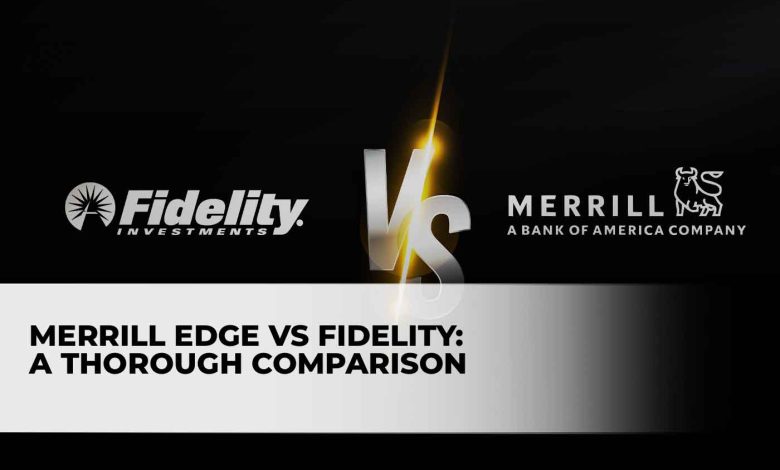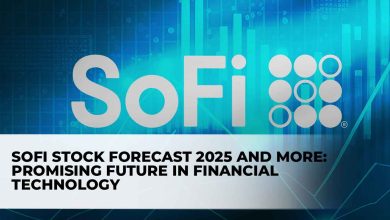
If you’re looking to embark into the world of stock market investing to open an online brokerage account is the first step towards buying and selling stocks ETFs and mutual funds . Two prominent competitors in the brokerage industry Merrill Edge vs Fidelity often grab the interest of investors who are looking for a reliable platform . Whether you are a beginner or an experienced investor these brokers have earned a name for their services . Let’s dive into the details and compare Merrill Edge and Fidelity .
Comparing Merrill Edge and Fidelity on Mutual Fund Investing
Merrill Edge and Fidelity both offer a wide range of non-load and non-transaction-fee (NTF) mutual funds . This means investors can buy and sell these funds without getting any additional fees . Fidelity goes a step further by offering a group of completely free index funds and allows investors to build a cost-effective and diversified portfolio without any management fees . When it comes to mutual fund investing both brokers provide pleasant options for investors .

Account Minimums: Finding the Right Fit for Investors
Both Merrill Edge and Fidelity offer no minimum accounts which makes them accessible for investors who want to start small . Whether you can afford to deposit only $100 or have a larger sum to invest both brokers house investors of various financial capacities . It is important to note that while there are no minimum account requirements investors should have enough funds to buy at least one share of a stock ETF or mutual fund to begin a trade .
Trading Platforms: The Battle for the Best User Experience
Merrill Edge and Fidelity both provide online trading platforms for investors . Fidelity caters to both long-term investors and active traders as it offers an easy to use web interface as well as a strong desktop platform which is called Active Trader Pro . On the other hand Merrill Edge offers a browser based solution and the Merrill Edge MarketPro platform for more advanced traders .
Robo Advisors and Education Tools: Merrill Edge vs . Fidelity
Merrill Edge offers Guided Investing which is a robo advisor service that provides managed account programs at a price of 0 . 45% per year . Note that a minimum account balance of $5,000 is required to start investing . The clients can also visit Bank of America locations and consult with a broker for a fee of 0 . 85% yearly . Merrill Edge offers educational resources like webinars tutorials and articles to help investors in making informed decisions regarding their finances .
Fidelity offers its own robo advisor service too . It is called Fidelity Go which lets clients invest in low-cost mutual funds and ETFs . With a cost of 0 . 35% each year Fidelity Go provides a managed investment portfolio that is regularly rebalanced by human advisors . Fidelity also provides a range of educational tools like screeners and access to stock reports from highly regarded research firms .
Choosing Between Merrill Edge and Fidelity
The choice in the end depends on an investor’s specific needs and preferences . Merrill Edge may be a better option for Bank of America customers who prioritize retirement planning and passive investing . Then again Fidelity offers a broader range of tools and options like advanced trading platforms, multiple account types and a full set of educational resources . Investors who want more detailed analysis of their portfolio and access to various asset classes may find Fidelity to be the better fit for themselves .
You may be interested in:
Big Eyes Coin Raises $27.5 Million in Presale and Prepares for Launch
GameStop Fires CEO Matt Furlong After Lackluster First Quarter Results
MetaMask: Why Quotes Not Available and How to Fix It in 2023






